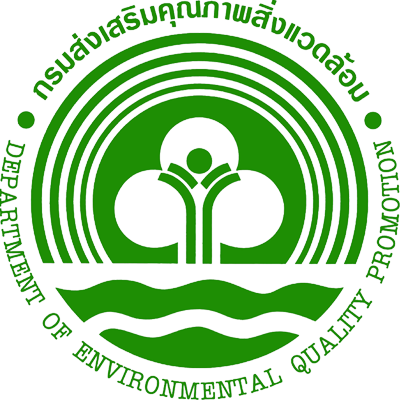Changing crops in response to climate: Virtual Nang Rong, Thailand in an agent based simulation
George P. Malanson a, *, Ashton M. Verdery b, c, Stephen J. Walsh b, d, Yothin Sawangdee e, Benjamin W. Heumann f, Philip M. McDaniel g, Brian G. Frizzelle b, Nathalie E. Williams h, i, Xiaozheng Yao j, Barbara Entwisle b, c, Ronald R. Rindfussb, c
a Department of Geographical & Sustainability Sciences, University of Iowa, Iowa City, IA, USA b Carolina Population Center, University of North Carolina at Chapel Hill, Chapel Hill, NC, USA c Department of Sociology, University of North Carolina at Chapel Hill, Chapel Hill, NC, USA
d Department of Geography, University of North Carolina at Chapel Hill, Chapel Hill, NC, USA
e Institute for Social and Population Research, Mahidol University, Bangkok, Thailand
f Department of Geography, Central Michigan University, Mount Pleasant, MI, USA
g Davis Library, University of North Carolina at Chapel Hill, Chapel Hill, NC, USA
h Jackson School of International Studies, University of Washington, Seattle, WA, USA
i Department of Sociology, University of Washington, Seattle, WA, USA
j Center for Natural Resources Assessment and Decision Support, Virginia Tech, Blacksburg, VA, USA
Abstract
The effects of extended climatic variability on agricultural land use were explored for the type of system found in villages of northeastern Thailand. An agent based model developed for the Nang Rong district was used to simulate land allotted to jasmine rice, heavy rice, cassava, and sugar cane. The land use choices in the model depended on likely economic outcomes, but included elements of bounded ra- tionality in dependence on household demography. The socioeconomic dynamics are endogenous in the system, and climate changes were added as exogenous drivers. Villages changed their agricultural effort in many different ways. Most villages reduced the amount of land under cultivation, primarily with reduction in jasmine rice, but others did not. The variation in responses to climate change indicates potential sensitivity to initial conditions and path dependence for this type of system. The differences between our virtual villages and the real villages of the region indicate effects of bounded rationality and limits on model applications.
© 2014 Elsevier Ltd. All rights reserved.
Corresponding author.
E-mail address: This email address is being protected from spambots. You need JavaScript enabled to view it. (G.P. Malanson).
Contents lists available at ScienceDirect
Applied Geography
j o u r n a l h o m e p a g e : w w w . e l s e v i e r . c o m / l o c a t e / a p g e o g
http://dx.doi.org/10.1016/j.apgeog.2014.06.010
0143-6228/© 2014 Elsevier Ltd. All rights reserved.


































